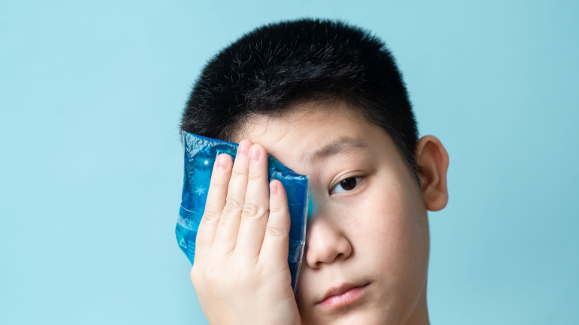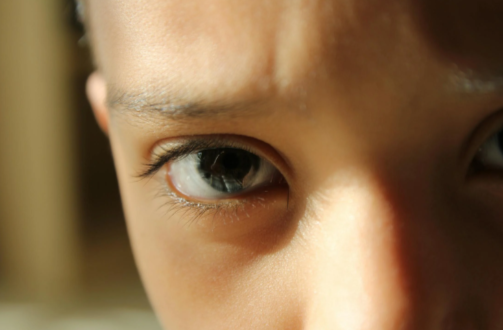Digital Eye Strain in Children
- Urband Creative
- Aug 8
- 3 min read
In today's tech-driven world, screens have become a daily part of children’s lives from digital learning in school to watching cartoons or playing mobile games at home. While these tools support learning and entertainment, they also come with a downside: Digital Eye Strain.

And it’s not just an adult problem. Children are more at risk and often less likely to know when something is wrong.
What is Digital Eye Strain?
Digital eye strain, also known as Computer Vision Syndrome, occurs when the eyes become tired from extended use of digital screens. Staring at screens for long periods requires the eyes to constantly focus, adjust to brightness and process fast-moving content which all of which can overwork the visual system.

Children are especially vulnerable, as their eyes are still developing and they may not know how to express discomfort.
Why Are Children More at Risk Than Adults?
Children are still developing not just physically, but also in how they communicate discomfort or self-regulate their habits. Here’s why they are more vulnerable to digital eye strain:

Developing Eyes Are More Sensitive
Children’s eye muscles are still learning how to focus and adapt efficiently. Extended close-up tasks like watching tablets or reading on screens push these muscles harder, increasing fatigue and strain more quickly than in adults.
Shorter Viewing Distance
Unlike adults, children tend to hold screens very close to their faces, sometimes as close as 20cm or less. This close range forces the eyes to work even harder to maintain focus, which accelerates eye fatigue.
They Don’t Realise or Report Discomfort
Many children assume what they’re experiencing is “normal.” Even if they feel tired or strained, they may not have the words to express it or may not make the connection between their symptoms and screen use
Reduced Blinking
Staring at screens naturally reduces blink rate and in children, who are highly focused on what they are doing, this becomes even more pronounced. Less blinking = drier, more irritated eyes!
Common Symptoms to Watch For

As children might not always voice out their feelings, signs of Digital Eye Strain includes:
Rubbing their eyes frequently
Dry, red or watery eyes
Complaining of headaches after using devices
Having trouble concentrating on schoolwork
Squinting, blinking more often or moving closer to screens
Seeming tired after screen time
When identified, bring your child for an eye check to ensure his/her vision does not deteriorate.
How Eyelet Supports Digital-Savvy Kids
At Eyelet, we know how important screen time has become in education and play and we are here to help protect growing eyes and slow down myopia.
So why Eyelet?

Our lightweight, flexible frames make them ideal for long school days or home learning
Our glasses are designed to look smart and cool, encouraging regular wearing
Blue light filtering lenses are available to help reduce Digital Eye Strain
Optional Sunplus clip-ons add outdoor protection, because screen use doesn’t stop indoors
As digital use continues to rise, being aware of digital eye strain and its effects is the first step to protecting your child’s vision.
With a better understanding of why kids are more at risk, you can take the right steps to support their eyesight and choose eyewear that keeps them comfortable and focused.

Explore eyelet’s collection of kid-approved, parent-trusted eyewear that grows with your child. Check out our Product Page for more!
Want to explore more eye care tips? Read our latest blogs on our website!




Comments